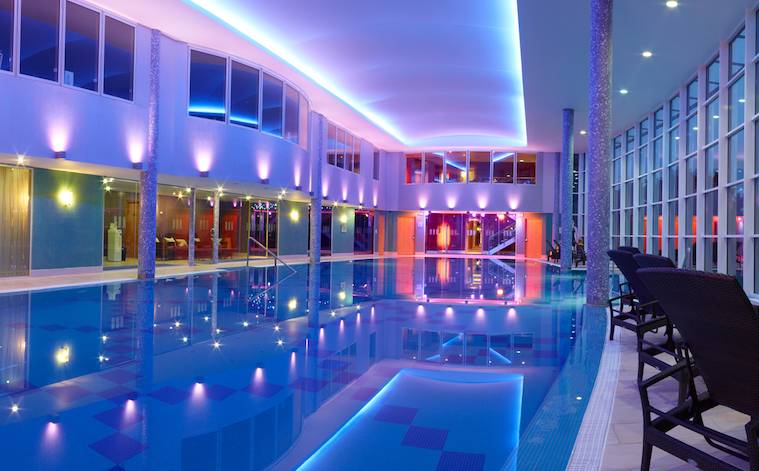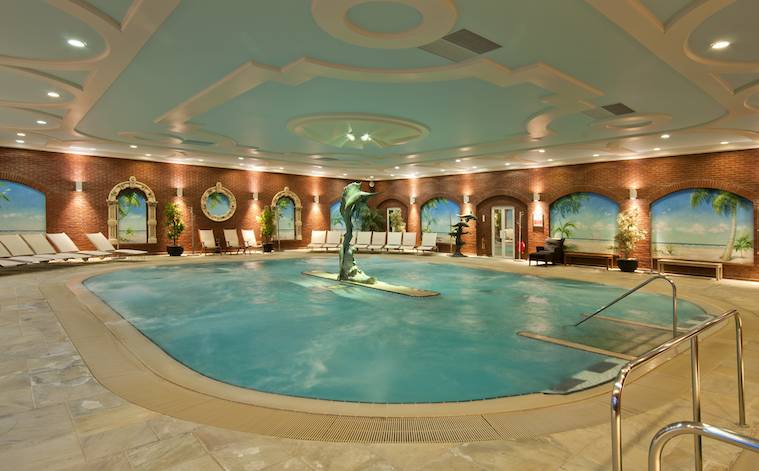
A massage is supposed to be relaxing, but if you don’t know what you’re looking for, the booking process can be surprisingly stressful. Do you want a full body massage, or just back and shoulders? Light pressure or hard? Do you want oils or would you prefer a ‘dry’ massage? Heated stones or lava shells? One massage therapist or two? On a bench or on the floor? The questions just go on and on…
The more you know about your massage in advance, the better the experience will be. So we’ve put together a quick and easy guide to the five most common types of massage, to help you work out which one is the best fit for you.
+ Best for… gym fanatics
Any athlete or gym fanatic knows the importance of muscle care – but stretching and protein supplements can only do so much. A good sports massage will help to loosen up even the tightest of muscles, and work away any stubborn knots before they have a chance to interfere with your flexibility.
This is not a good beginner’s massage. It can be pretty painful, but the benefits are worth it. Done properly (and regularly), sports massages can stave off injuries and speed up your recovery time post-workout.
+ Best for… beginners
Also known as a ‘classic’ massage, this is the most flexible massage option on the market. It is based on a traditional technique which uses five different strokes – sliding; tapping; kneading; friction; and vibration.
The purpose of this massage is to promote wellness and joint care, so it can be as gentle or as vigorous as you like.
+ Best for… relaxation
Hot stone, or hot lava shell massages have become increasingly popular in recent years. Although they may sound scary, the stones (or shells) are not heated so much that they will burn you. Rather, the idea is that the lightly heated stones act as little weights which bear down on various pressure points of your body, continuing the massage even after your therapist has stepped away from the table.
As a result, the last section of this massage is usually spent in stillness and silence as the stones go to work. Once you get used to the sensation, it can be surprisingly relaxing…
+ Best for… adventurous types
The traditional Thai massage often incorporates elements of Chinese and Indian massage techniques, and is one of the more vigorous massage techniques out there. It is not unusual to have more than one massage therapist present during your treatment, as they pull and push your body into a variety of different yoga-like positions. To really access those pressure points, your therapist may even walk across your back.
Thai massage techniques work with the body’s natural energy or ‘sen’, so you won’t be forced into painful positions, but if you have any existing medical conditions or injuries, you’d better make these very clear beforehand.
+ Best for… re-balancing
This is probably the least vigorous massage you can have, but it is no less effective than the others. While most massages can be conducted ‘dry’, or fully clothed, an aromatherapy massage relies on a specially chosen selection of essential oils, which are worked into the skin to help the body relax and re-balance.
The oils are chosen based on your particular needs and requests: for instance, lavender, jasmine and lemon oil are known to relieve stress.
The oils also have the added benefit of acting as a moisturiser, making the aromatherapy massage one of the most popular all-round spa treatments.
 Stobo Castle
Stobo Castle Rockliffe Hall Spa
Rockliffe Hall Spa Nirvana Spa
Nirvana Spa